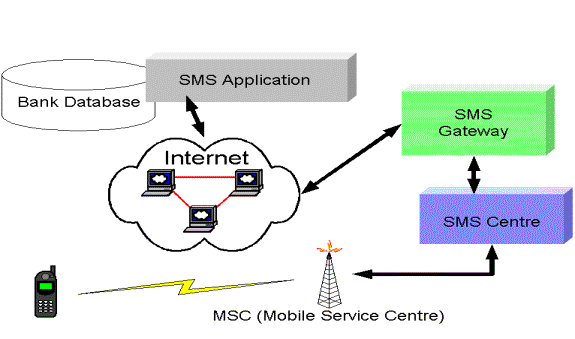You are here
SMS – Short Messaging Service
SMS uses the popular text-messaging standard to enable mobile application based banking. The way this works is that the customer requests for information by sending an SMS containing a service command to a pre-specified number. The bank responds with a reply SMS containing the specific information.
For example, customers of the HDFC Bank in India can get their account balance details by sending the keyword ‘HDFCBAL' and receive their balance information again by SMS. Most of the services rolled out by major banks using SMS have been limited to the Enquiry based ones.
However there have been few instances where even transaction-based services have been made available to customer using SMS. For instance, customers of the Bank of Punjab can make fund transfer by sending the SMS ‘ TRN(A/c No)(PIN No)(Amount)'.
One of the major reasons that transaction based services have not taken of on SMS is because of concerns about security and because SMS doesn't enable the banks to deliver a custom user interface to make it convenient for customers to access more complex services such as transactions.
The main advantage of deploying mobile applications over SMS is that almost all mobile phones, including the low end, cheaper one's, which are most popular in countries like India and China are SMS enabled.
An SMS based service is hosted on a SMS gateway that further connects to the Mobile service providers SMS Centre. There are a couple of hosted IP based SMS gateways available in the market and also some open source ones like Kannel .

Figure 1: SMS Network Architecture
